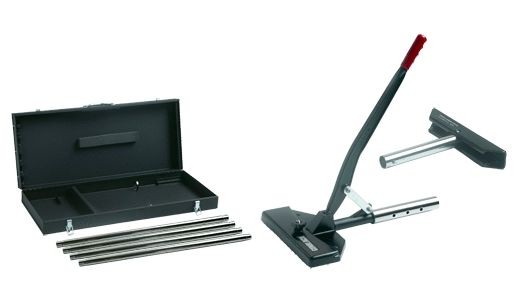How is carpet stretching related to seam issues? While carpet stretching will solve problems in your carpet like wrinkling and bubbling, it can also showcase some other issues that your carpet may be hiding.
As we talked about in our Carpet Stretching in Denver Part 1 blog a proper stretch in your carpet is vital.
- It will add years of use to your carpet
- Removes trip and fall hazard from your home
- Prevents delamination of the carpet which usually requires replacement
What other kind of issues will carpet stretching reveal in my carpet?
The most common issue that becomes visible after carpet stretching is poorly built seams. Actually seam problems are the number one complaint follow any carpet instillation. This problem is magnified after stretching a carpet that was poorly installed. It makes sense if you think about it, if they didn’t bother to stretch in the carpet do you think they took the time to create quality seams?
Keep an eye out for bubbles on the seam, or fraying edged along a seam. These are indications that the install of the seam was done in a hurry or wrong, and needs to be addressed.
Should I skip having my carpet stretching to avoid exposing bad seams?
Not if you want it to last. This is where hiring a properly trained carpet repair technician will save you time, money and headaches. A qualified technician will be able to identify if the seams will be an issue or not. The proper way to fix this issue is to first replace the weak seams. This involves removing the old tape, sealing the carpet edges and applying new seam tape and glue. After the glue has set up the carpet may be stretched. The replaced seams will be strong enough to handle being stretched while being harder to see. It may take a little more time to do, but your carpet will be installed better and wear better then when it was brand new.

